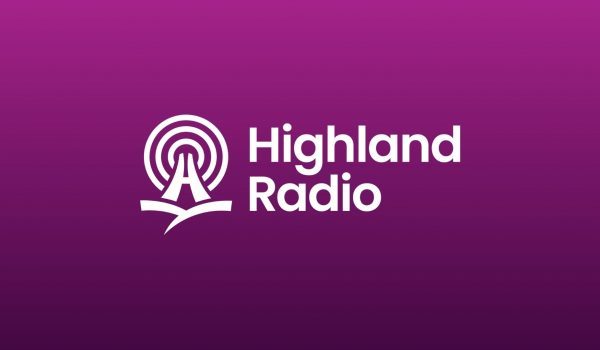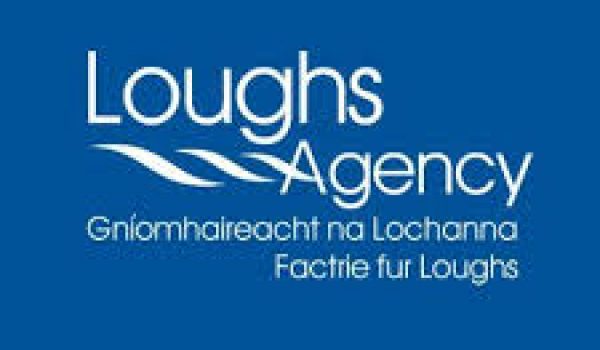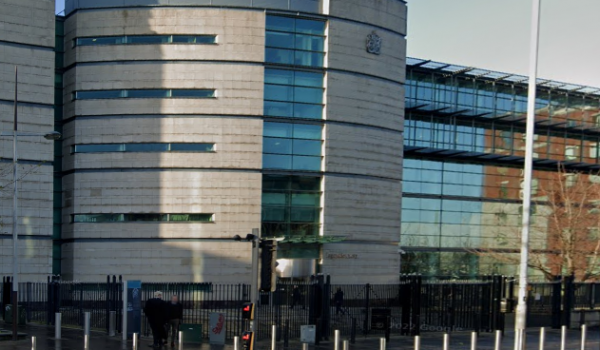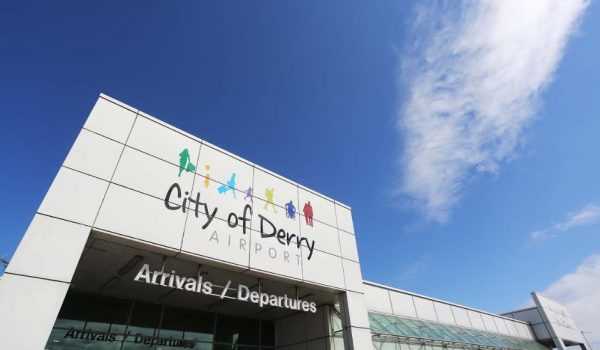
Irish Water is to write to 140 thousand homes and businesses around the country to inform users about problems with their supply. Seven of the affected areas are in Donegal.
The letters will go to households who get their water from 55 ‘at risk’ public water supplies, with Irish Water stressing the water from these supplies is drinkable.
Sean Laffey from Irish Water explains what customers will receive in the coming weeks……..
Donegal statement –
Irish Water is to write to homes and businesses on the public water network in seven different parts of Donegal where the drinking water quality is not as good as it could be. However, customers should note that water is still safe to drink on these schemes. In our letters Irish Water will outline what we are doing in the Cashilard, Creeslough, Glenties-Ardara, Greencastle, Owenteskna-Kilcar, Letterkenny and Milford-Letterkenny public water supplies where all schemes have issues with elevated levels of THMs and some have issues with cryptosporidium or high turbidity.
In the past, Irish Water only contacted homes and businesses if there was a problem with their drinking water supply that was likely to cause an immediate risk to health. Irish Water will continue to do that.
However, the recent Water Services Policy Statement 2018-2025 called for better engagement and greater transparency for people using public water supplies. This direct communication is an important part of helping the public to understand what we do.
In Cashilard where there are issues with elevated levels of THMs, Irish Water will be changing the supply so in future customers will be supplied from the Ballyshannon Public Water Scheme. These works are due to be complete by early 2020. In the meantime we are installing additional treatment at the Cashilard water treatment plant. This is currently scheduled to be complete by the end of 2018.
In Creeslough where there are issues with elevated levels of THMs and ineffective barriers against cryptosporidium, Irish Water is carrying out upgrade works at the water treatment plant. These works are scheduled to be complete by early 2019.
In Glenties-Ardara where there are issues with elevated levels of THMs and ineffective barriers against cryptosporidium, Irish Water is carrying out upgrade works at the water treatment plant. These works are scheduled to be complete by early 2019.
In Greencastle, where there are issues with elevated levels of THMs and high turbidity in the water, Irish Water will be changing the supply so in future customers will be supplied from the East Inishowen Public Water Scheme. These works are scheduled to be complete by early 2019.
In Owenteskna-Kilcar, where there are issues with elevated levels of THMs and ineffective barriers against cryptosporidium, Irish Water has just completed the construction of a new water treatment plant at Owenteskna. A programme of sampling and testing has commenced in this supply to measure the improvements this new treatment plant has made to the drinking water. These works are expected to be complete by the end of 2018.
In Letterkenny, where there are issues with elevated levels of THMs and ineffective barriers against cryptosporidium, the treatment plant is being upgraded and these works are due to be completed by mid-2019.
In Milford-Letterkenny, where there are issues with elevated levels of THMs, the treatment plant is being upgraded and these works are due to be completed by mid-2019.
Homes and businesses in 16 counties across the country on 55 different water supply schemes will receive a detailed booklet outlining the issues with their water supply which might vary from elevated THMs; inadequate barriers for cryptosporidium; poor turbidity removal; presence of low levels of pesticides; or details of an Environmental Protection Agency (EPA) audit of a plant.
The individual booklet will explain in detail to householders where their drinking water comes from; why Irish Water are writing to them; how Irish Water know that their water is safe to drink; information about regulation and testing; what Irish Water is doing to fix their specific water supply; and where they can get more information.
Elevated levels of THMs
All public water supplies need to be disinfected to make sure the water is safe to drink. Chlorine is used by Irish Water to disinfect drinking water. If you drink water that has not been properly disinfected, there is a risk of serious and possibly life-threatening illness.
An effect of using chlorine is that chemical compounds called trihalomethanes (THMs) can form over time. This happens when chlorine reacts with natural organic matter (tiny remaining particles of dirt, twigs, leaves and so on) in the water.
The amount of THMs in a supply depends on a few things:
- After heavy rain, there is more organic matter entering the treatment plant.
- When there is more organic matter, chlorine in the water has a longer time to react with the matter and create THMs.
- When it is warm or we need to use more chlorine,
Irish Water is taking action to remove the risk of THMs forming in affected water supplies by improving the treatment plant and the water distribution network.
Inadequate treatment for cryptosporidium
Cryptosporidium is a tiny parasite found in human and animal waste. If it is swallowed (ingested), it can cause a disease called cryptosporidiosis. The symptoms of cryptosporidiosis include fever, stomach upset, weight loss and diarrhoea. Cryptosporidium may be found in water if it has been contaminated or if there has been a problem with water treatment. Irish Water have identified that we need to improve treatment for cryptosporidium in 16 of our 800 water treatment plants. If we find cryptosporidium in drinking water, Irish Water report this immediately to the EPA and consult with the HSE.
Poor turbidity removal
Turbidity is a measure of the cloudiness of water. Certain water supplies can be prone to increased levels of turbidity after heavy rain, or because algae has grown in the water source or because material such as sediment in the water mains has been disrupted. While turbidity can affect the look, taste and smell of drinking water, it is safe to drink. It simply means there is an operational problem at the water treatment plant.
Irish Water regularly test all public water supplies against a range of standards set out in the European Drinking Water Regulations. These standards are based on guidelines prepared by the World Health Organisation (WHO). If a drinking water sample shows a result above a specified water quality standard, we report it immediately to the environmental regulator, the EPA. The EPA supervises public water schemes and Irish Water. If there is a concern about a possible health risk, we also consult the HSE.
Speaking about the public information campaign, Irish Water’s Water Compliance Specialist Dr Pat O’Sullivan said:
“Irish Water has worked closely with the EPA to identify the public water schemes that need a plan or action to improve their water treatment. We are prioritising our investment in these treatment plants. Providing safe, clean drinking water for all in Co Donegal is our first goal.
“Everyone we are writing to in Donegal has access to drinking water that is safe to drink. We monitor and test our supplies on a continuous basis and if this monitoring indicates a potential water quality issue we consult with the HSE. If there is any potential risk to public health from the drinking water supply we inform the public immediately. If anyone has any questions or concerns they should contact Irish Water.”
If members of the public have any questions that are not covered in booklet please phone us on Callsave 1850 278 278 or +353 1 707 2828 (24 hours a day, 7 days a week).
Podcast: Play in new window | Download





